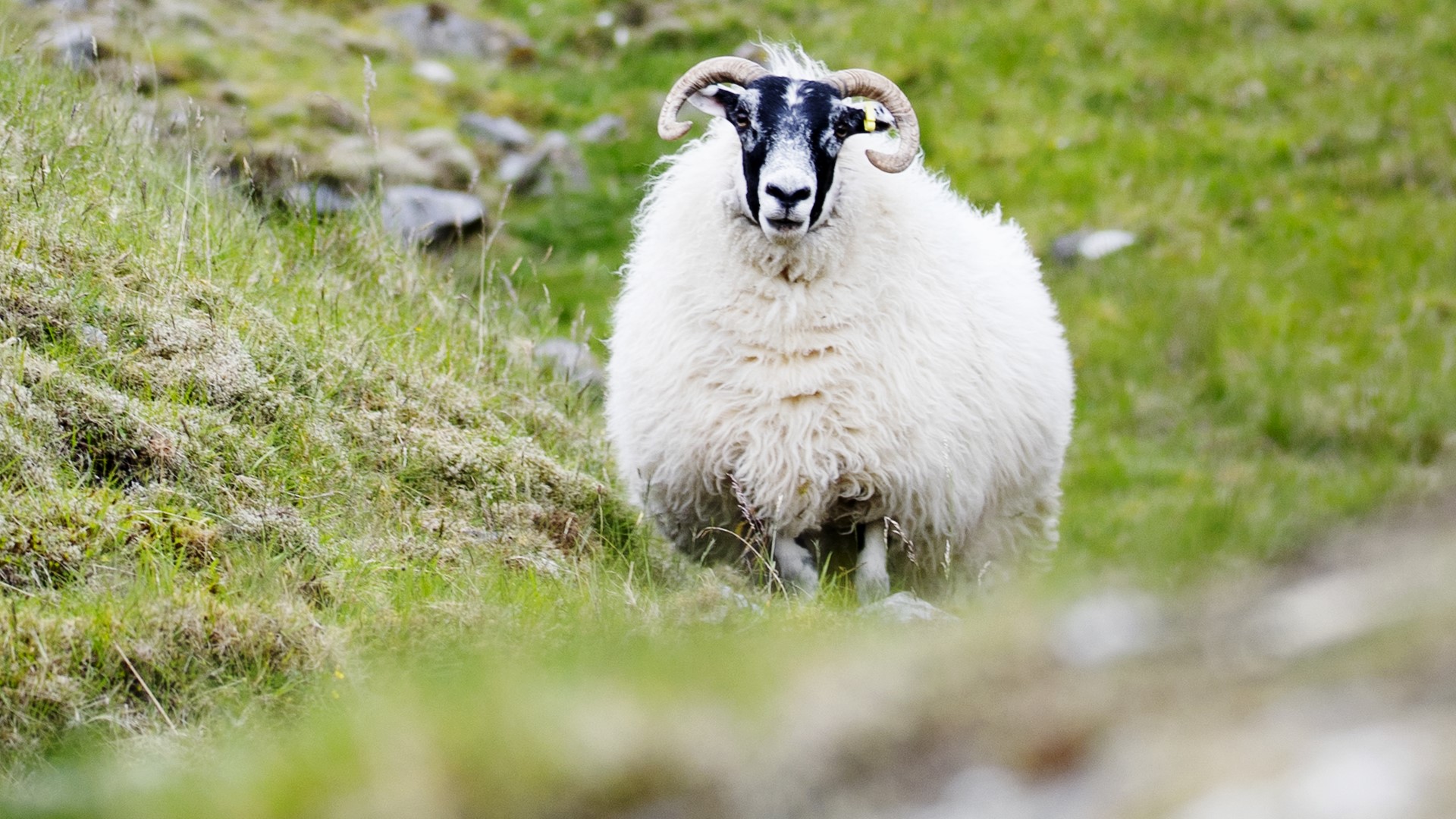After a firm end to 2023, the lamb market has risen further, reaching record levels for the time of year. This month, hoggs have averaged well above 300p/kg lwt at Scottish marts, and averaged around 315p/kg in the second and third weeks of February. Price rises have also been seen at abattoirs across Great Britain (GB), with the deadweight average for medium R3L grade carcases reaching 696p/kg in the week to February 17.
“Compared to February 2023, when the lamb market had a weak start to the year, prices have been running 35-40% higher at Scottish marts, with the increase on the five-year average closer to 30%,” explains Iain MacDonald, QMS Market Intelligence Manager.
“Store markets have also rebalanced substantially higher, with finishers paying an average of £101 for hoggs at Scottish marts in mid-February. This compares with £65 in the same week of 2023.”
Lamb prices have increased despite auction throughput holding up. Between late January and the third week of February, lamb numbers at Scottish Marts were running around 4% above those seen a year earlier. “This is in line with the increase seen in the season-to-date,” notes Iain. “Given Scottish Government estimates of a 4% smaller lamb crop in 2023, there could be a tightening of availability later in the spring.”
Hogg throughput also held up well at GB abattoirs in January, with Defra reporting a year-on-year uplift of 3.4%, meaning that total slaughter between June 2023 and January 2024 was almost exactly the same as twelve months before, despite the lamb crop across England, Wales and Scotland falling by 6.3% year-on-year.
“It is possible that attractive prices have drawn stock out in January and February,” says Iain. “While wet winter weather may also have affected hogg condition, the share of carcases grading at E, U or R and 2 or 3L at GB abattoirs has been lower than in recent years.”
One factor supporting lamb prices in recent months is likely to have been domestic retail demand. In the 12 weeks to January 21, Kantar reported a 13% uplift in spend across GB compared to a year earlier, with a marginal decline in average price meaning a slightly stronger rise in the volume sold. Sales of leg roasts drove the overall increase, rising by roughly double the overall rate, and an increased share of shoppers appear to have been attracted into the category by slightly cheaper prices.
“Overseas demand has also underpinned the market, with UK trade data showing that export volumes were significantly higher than import levels in late 2023, resulting in a tightening effect on market supply.”
During the final quarter, at over 25,100 tonnes, sheepmeat exports rose by 18% year-on-year and remained more than double import levels of 11,400t, despite imports showing a 57% rebound from Q4 2022.
“2023 Q4 imports also proved significantly cheaper than the previous year without any significant dampening effect on the domestic market,” observes Iain. The average price per kilo of imported sheepmeat was down 15% on the year as higher import costs from the EU were more than offset by highly competitively priced lamb from Australia and New Zealand.
“More recently, it is possible that longer shipping journey times to Europe from Oceania could have delayed import shipments and resulted in a risk premium in the marketplace, where concern around the arrival of imports may have brought forward purchases of domestic product. This may have also supported export demand from the EU, where traders will have faced the same concerns.”
Looking forward, domestic and export demand is set to remain firm through March and into April. Ramadan begins on March 10 this year, culminating in the Eid al-Fitr festival a month later and Easter falls on the final weekend of March.
Iain however is cautious. “While underlying demand is expected to stay strong, if the sharp price increases of recent weeks and months begin to pass through the supply chain and into consumer prices, then this could start to be tested,” he says.
“On the supply side, it seems likely that numbers could tighten significantly as the spring progresses as there was a significantly smaller lamb crop in 2023, and auction and abattoir throughput, so far, is holding up well.
“Although export demand is set to hold firm as the EU ewe flock contracted further in 2023, export volumes could be limited if domestic production falls.”
Figures from Beef + Lamb New Zealand suggest that a significantly increased volume left for the UK during January 2024 compared to early 2023, pointing to increased imports in late-February and the first half of March. Meanwhile, Australia’s sheepmeat production and exports are expected to continue rising in 2024, with shipments to the UK aided by an increase in its TRQ for the UK in the second year of the FTA.
“This could partially offset some of the anticipated market tightening from domestic production,” concludes Iain.

